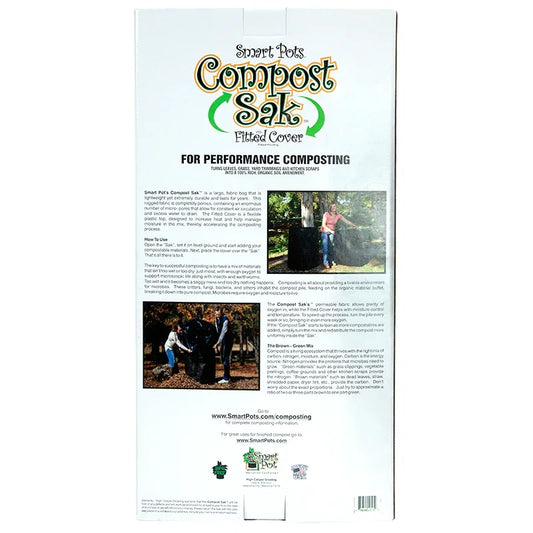What You Need to Compost
To begin composting, you need two types of materials:
- Brown Materials: High in carbon, examples include straw, leaves, pine needles, and newspaper.
- Green Materials: High in nitrogen, examples include chicken manure, food scraps, and coffee grounds.
How to Build a Compost Pile
- Choose a Location: Select a sunny, well-drained spot for your compost bin or pile.
- Layer Materials: Start with a layer of brown materials about 4-6 inches thick. Alternate with layers of green materials, keeping the same thickness.
- Water Each Layer: Moisten each layer to achieve the consistency of a damp sponge. This promotes faster decomposition.
- Turn the Pile: Aerate your pile at least once a week using a compost aerator or by manually turning it with a pitchfork. This ensures oxygen reaches the microbes and speeds up the process.
What Not to Compost
- Meat, dairy, and oily foods
- Dog, cat, or human waste
- Diseased plants or weeds with mature seeds
Tips for Success
- Shred brown materials to increase the surface area for decomposition.
- Adjust the ratio of brown to green materials if the pile isn’t heating up (add more greens) or smells like ammonia (add more browns).
- Use a compost thermometer to ensure your pile reaches 120°F to 160°F, which helps kill weed seeds and pathogens.
Composting Supplies
Benefits of Composting
- Reduces landfill waste by up to 30%.
- Improves soil structure and fertility.
- Promotes a healthy garden ecosystem.
Conclusion
Composting is an eco-friendly and simple way to nourish your garden while reducing waste. Whether you use a bin, pile, or hotbed, the key is to maintain the right balance of materials and monitor the process. Start composting today and enjoy a thriving garden!
🌱 Resource Area
Organic Phosphorus for Soil Health
Use natural phosphorus sources such as rock phosphate to build nutrient-rich soil and promote plant vigor:
- How to Use Fertilizers–Soft Rock Phosphate – Explains slow-release phosphorus and calcium delivery that improves root strength and flowering.
- Compost Aerator (Video) – Shows how turning compost with the right tools supports nutrient cycling, including phosphorus availability.
Square Compost Bucket Demo
See how our space-saving bucket performs as a home composting solution:
- Square Compost Bucket – A compact, clean container for kitchen scraps that fits neatly in any setting.



